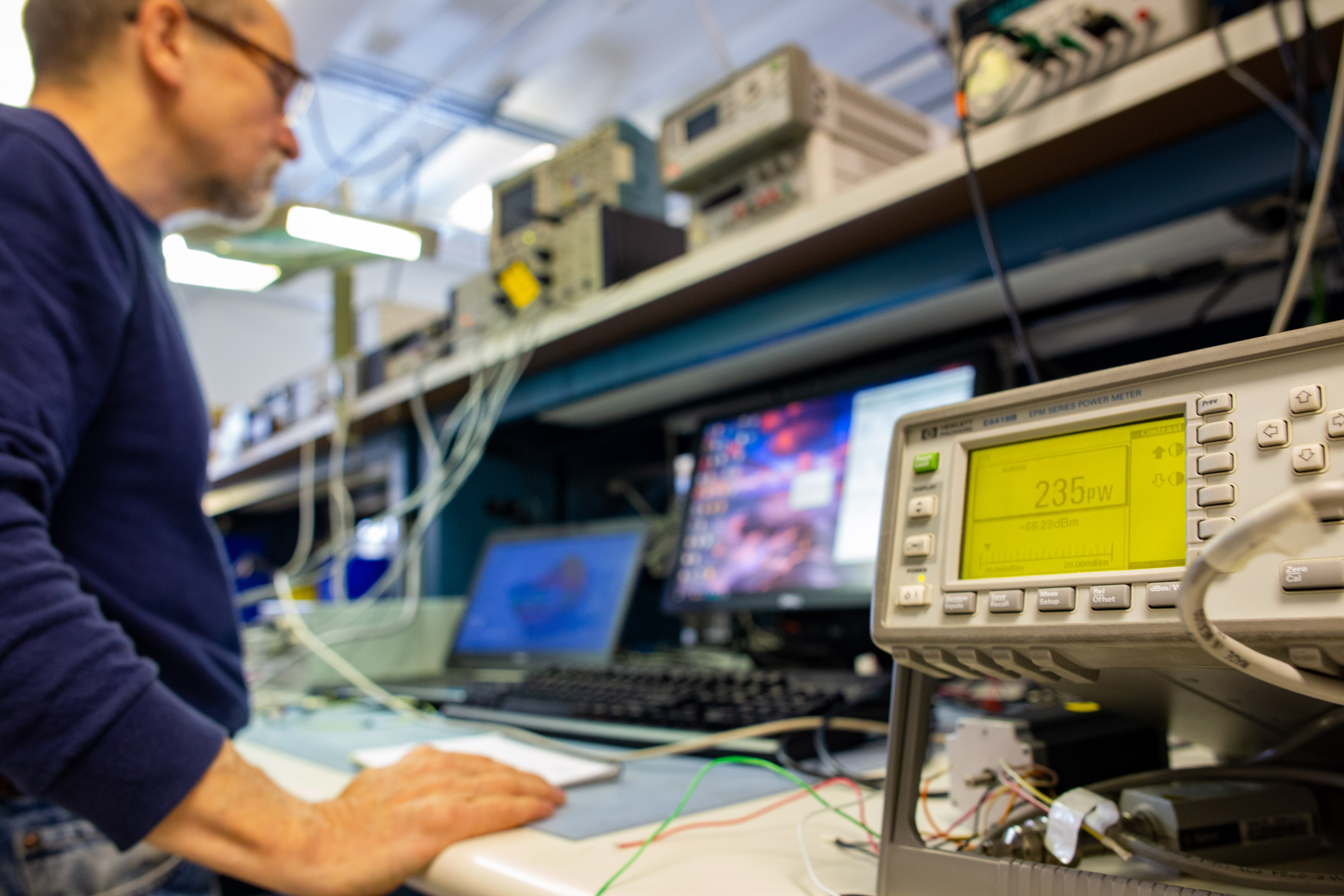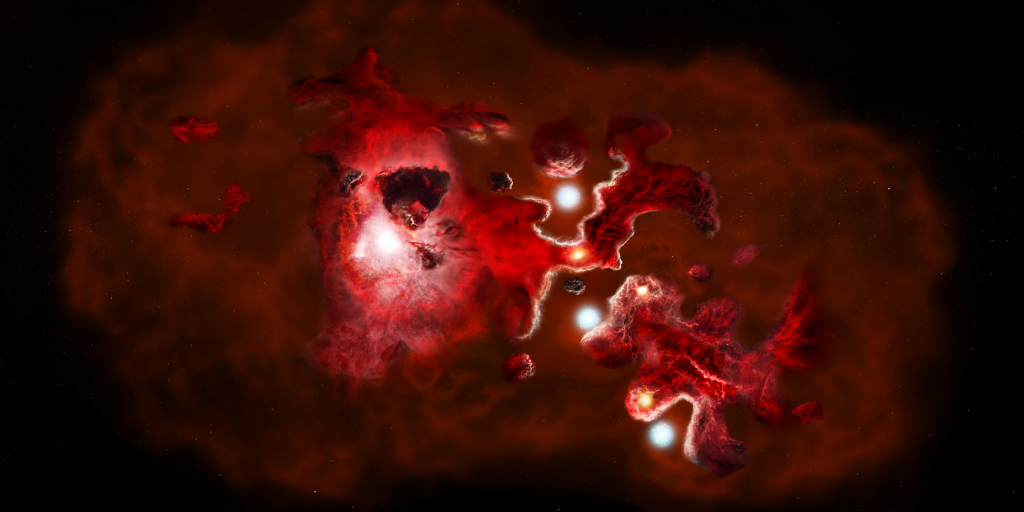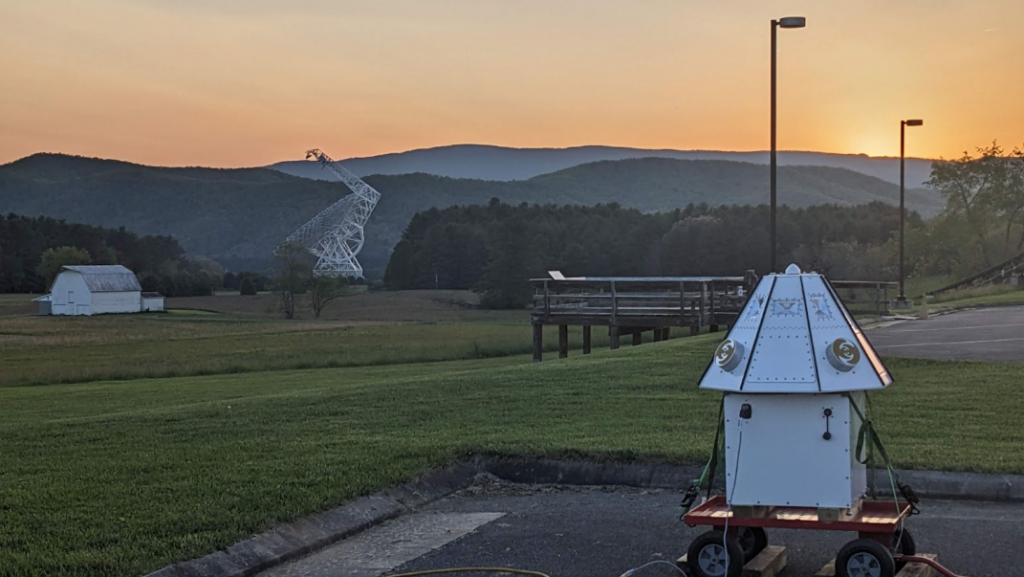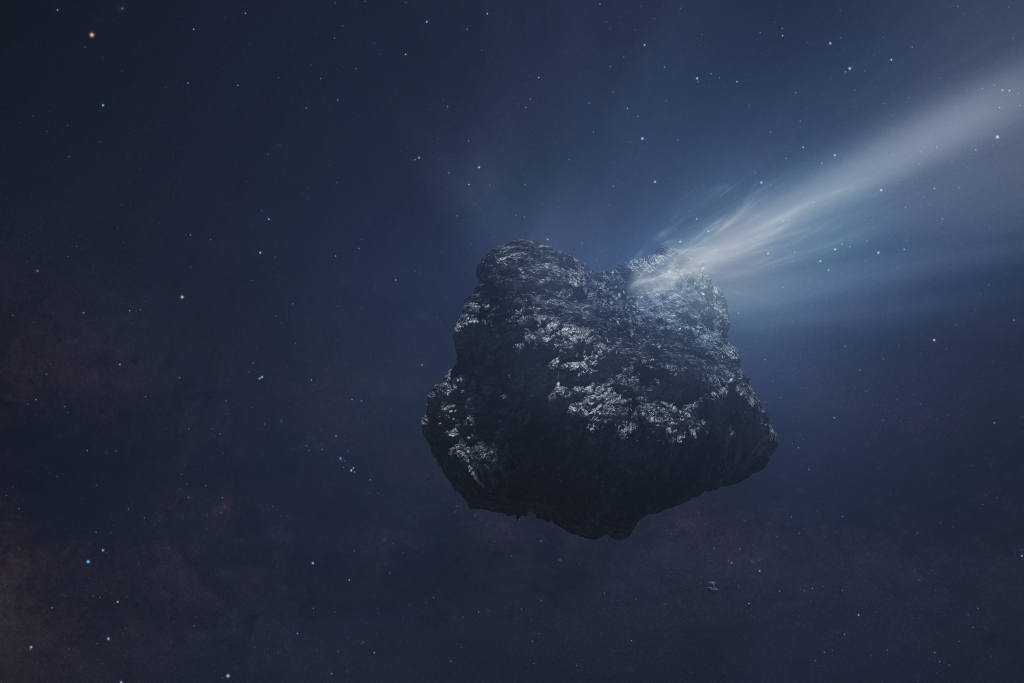The [CII] Resolved ISM in STar-forming galaxies with ALMA (CRISTAL survey) peered back to when the Universe was only about one billion years old – a mere toddler in cosmic terms. These observations are helping scientists understand how galaxies formed and evolved from primordial gas clouds into the organized structures we see today.
We Make Scientific Breakthroughs Possible

The Infrastructure of Discovery Doesn’t Happen Overnight — We Can Help
We transform ideas into technologies, laboratories and policies that initiate, inform and inspire. For over seven decades, AUI has developed specialized expertise in science, engineering, technology and cyber security to enable greater impact. Uniquely positioned, we combine exceptional operations management with collaborative community engagement, drive innovation and affect lasting change within organizations.
Experts at Managing Complexity
We create an environment where innovation, imagination and people thrive. Even in the harshest desert terrain, discovery flourishes at ALMA Observatory, where AUI has led an international partnership with Europe, Canada, Japan, South Korea, Taiwan and Chile. The $1.4 billion project is a monumental achievement for space exploration and collaborations.
Recent News
NSF NRAO Leads Critical Spectrum Studies to Safeguard Radio Astronomy
The U.S. National Science Foundation National Radio Astronomy Observatory (NSF NRAO) has received funding to expand its study of an invisible—and crucial—scientific and technological resource: the radio spectrum.
Largest Oort Cloud Comet Ever Observed Reveals Its Secrets with ALMA’s Powerful Gaze
A team of astronomers has made a groundbreaking discovery by detecting molecular activity in comet C/2014 UN271 (Bernardinelli-Bernstein)—the largest and second most distantly active comet ever observed from the Oort Cloud.






